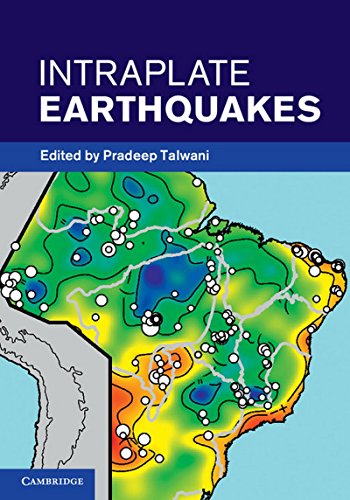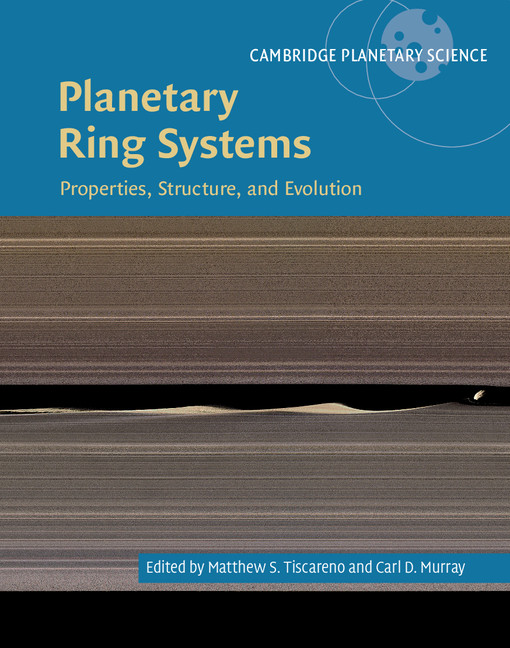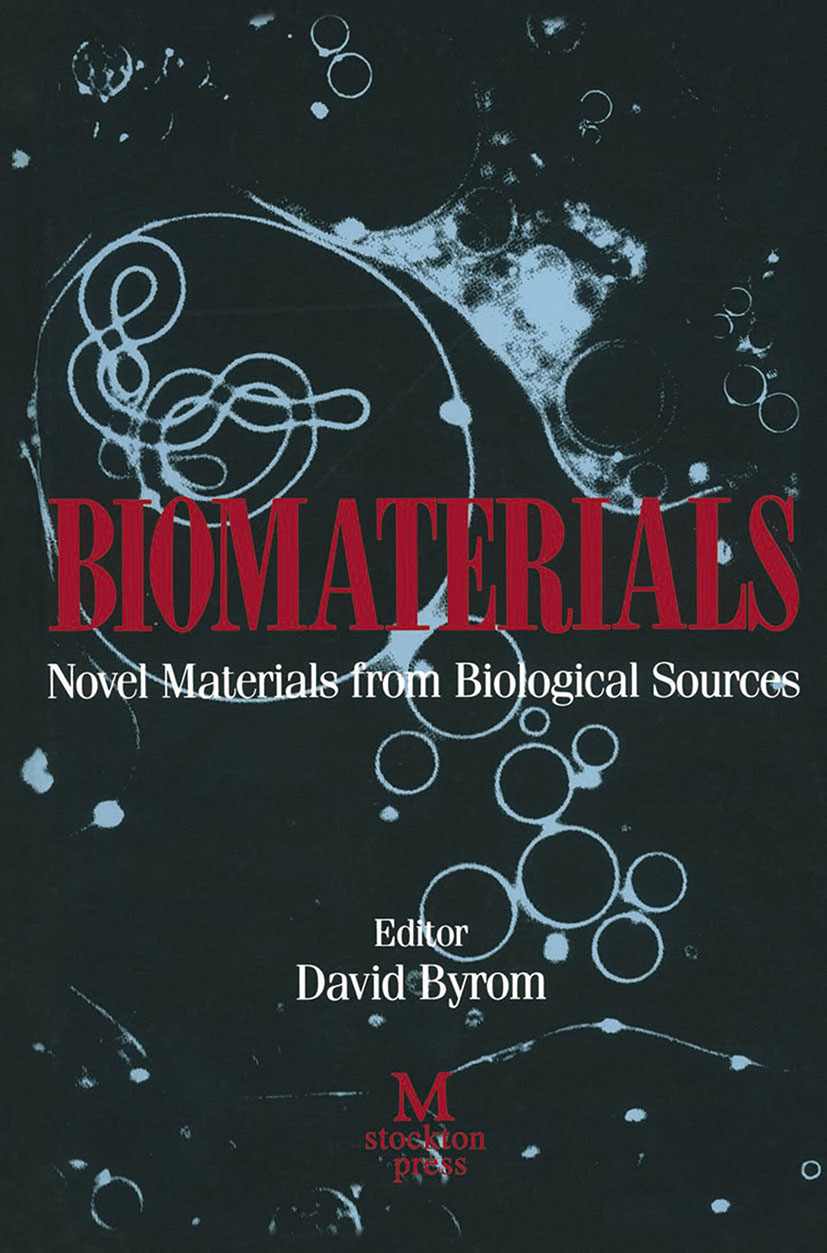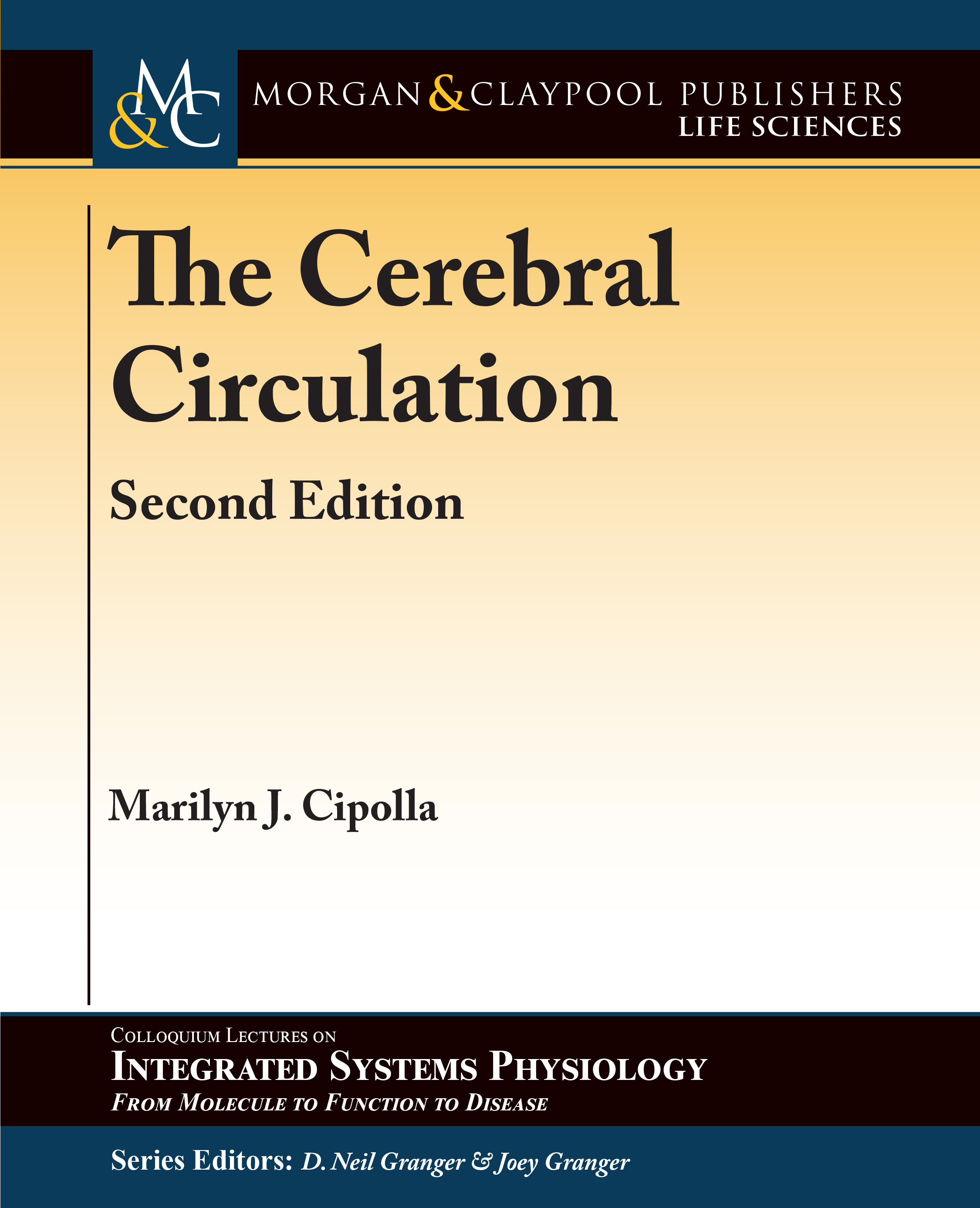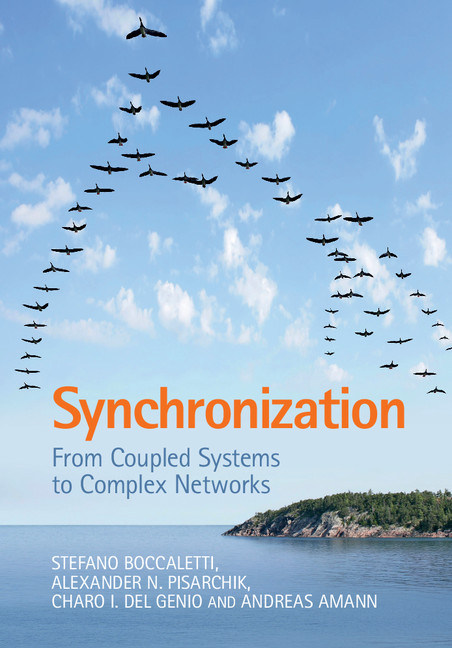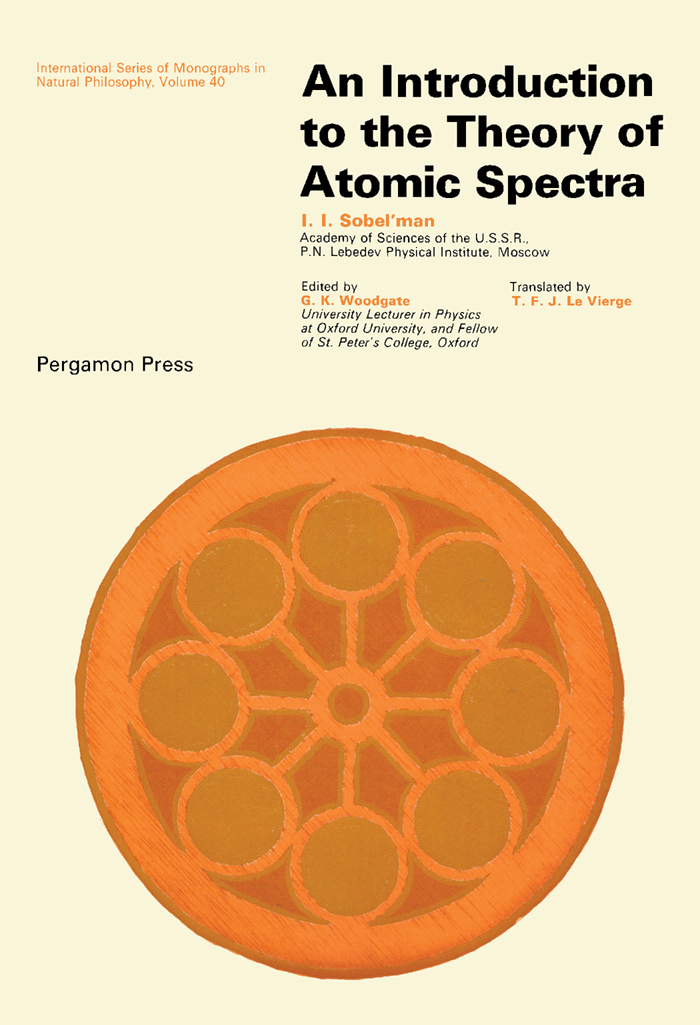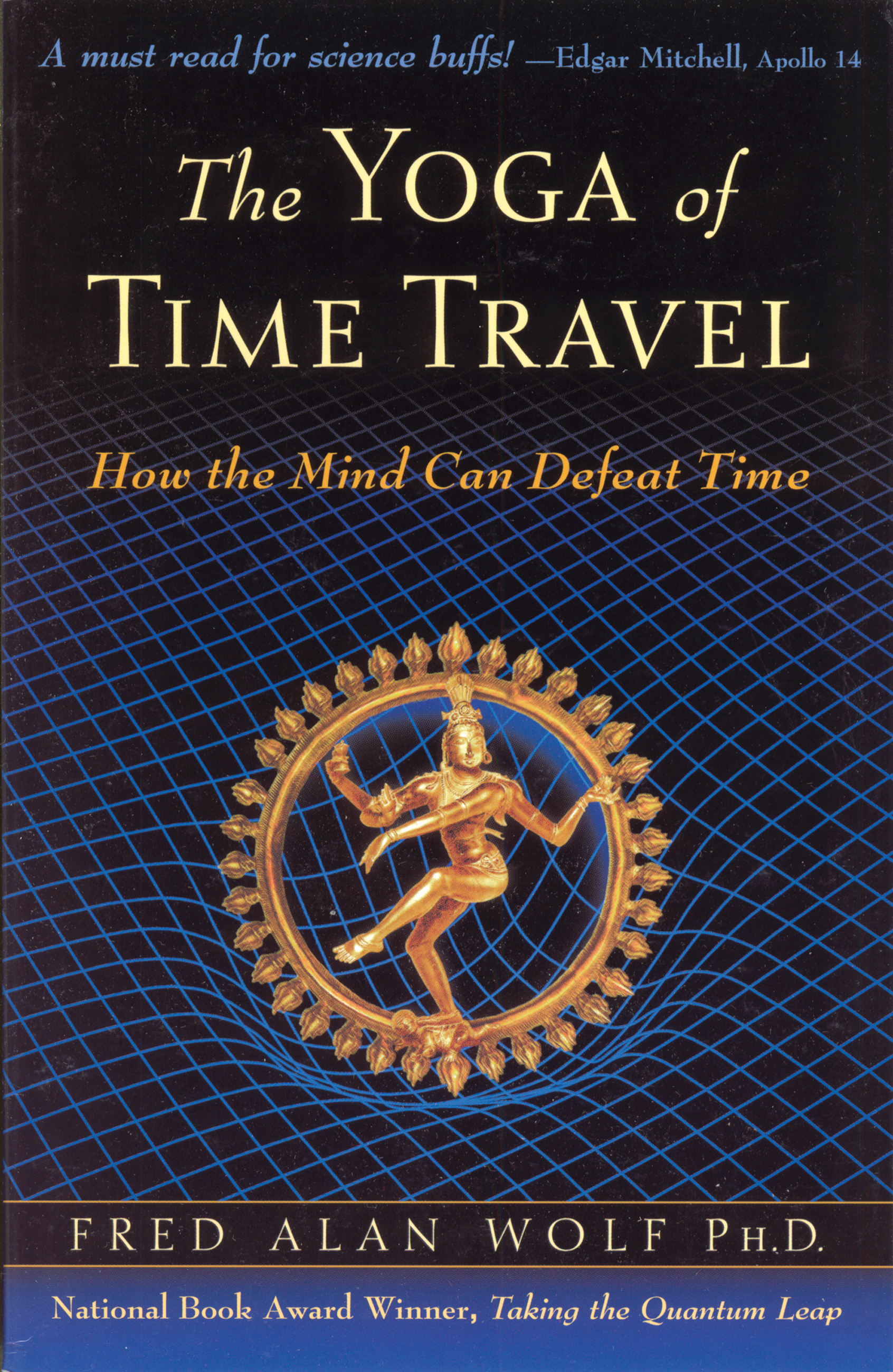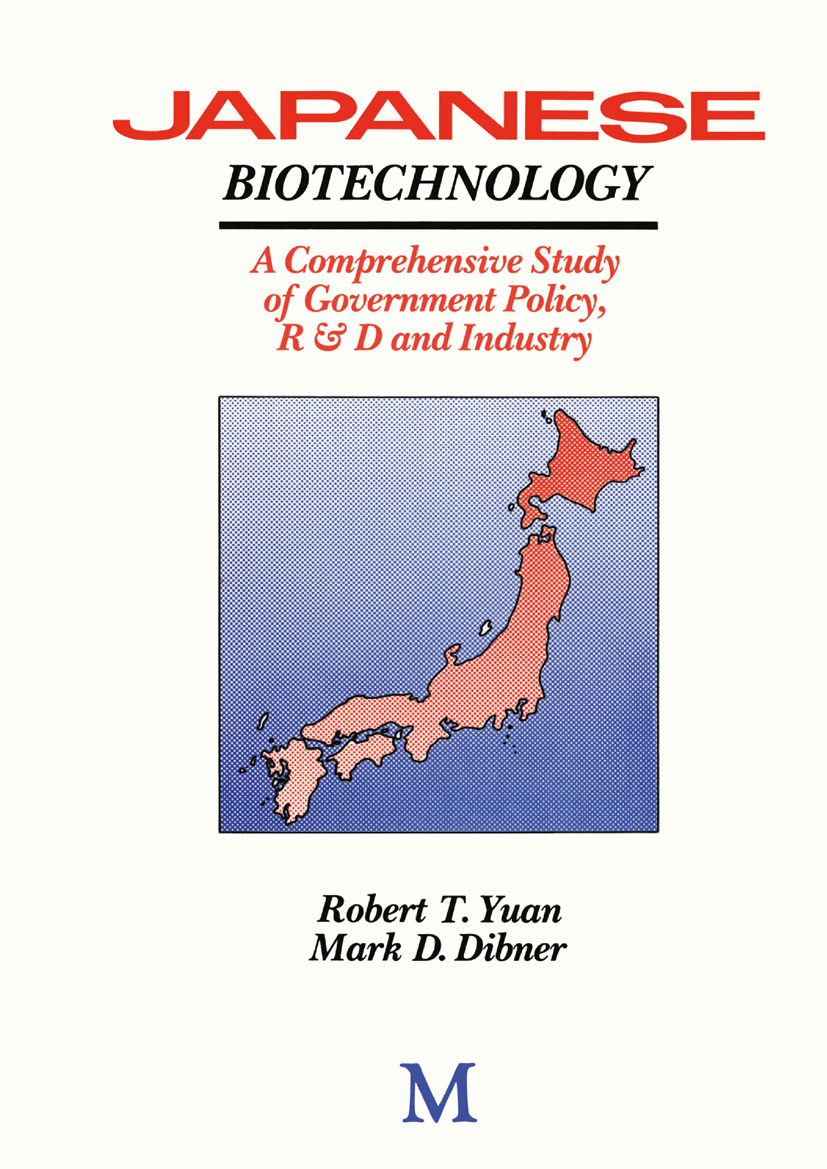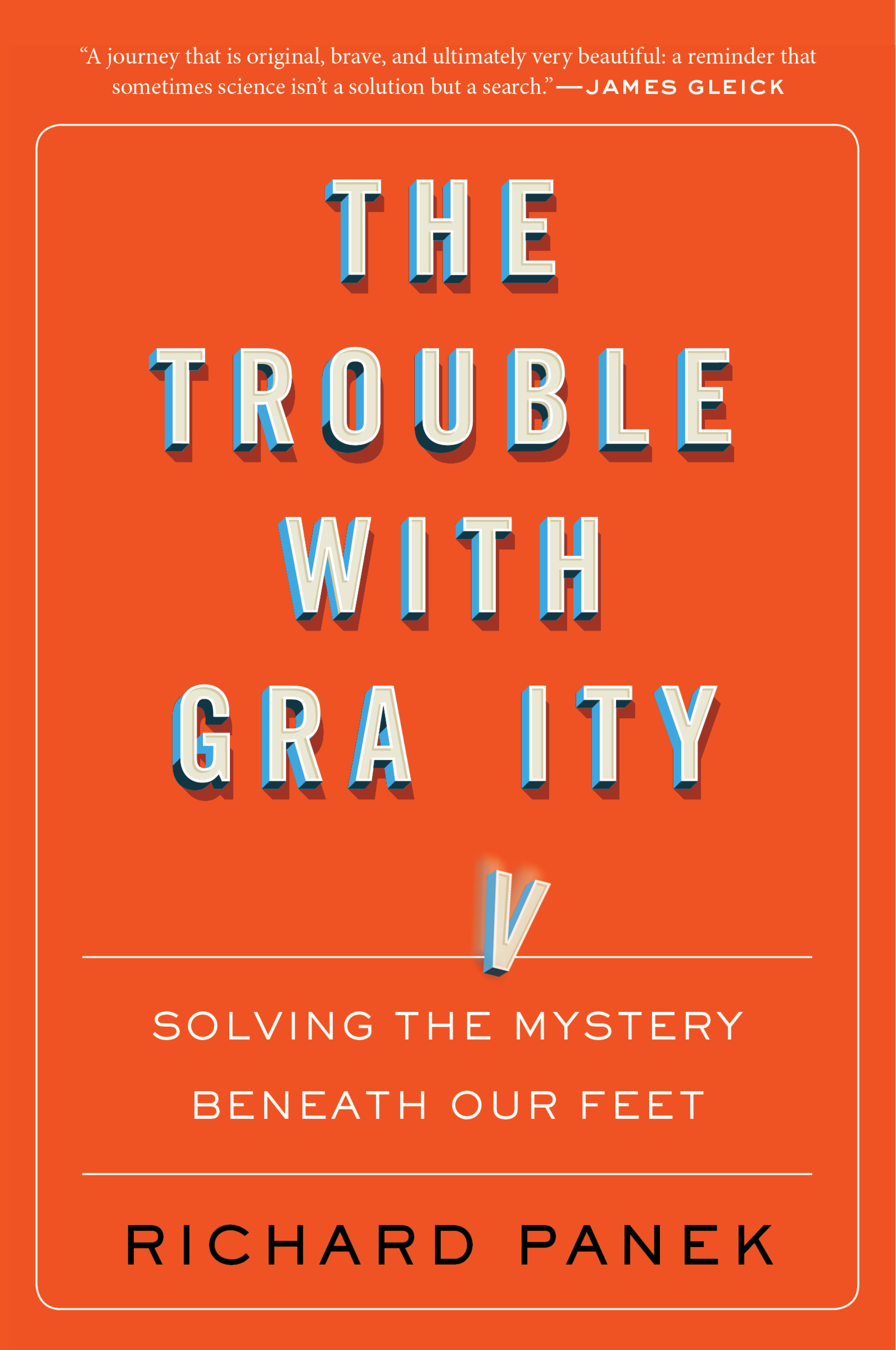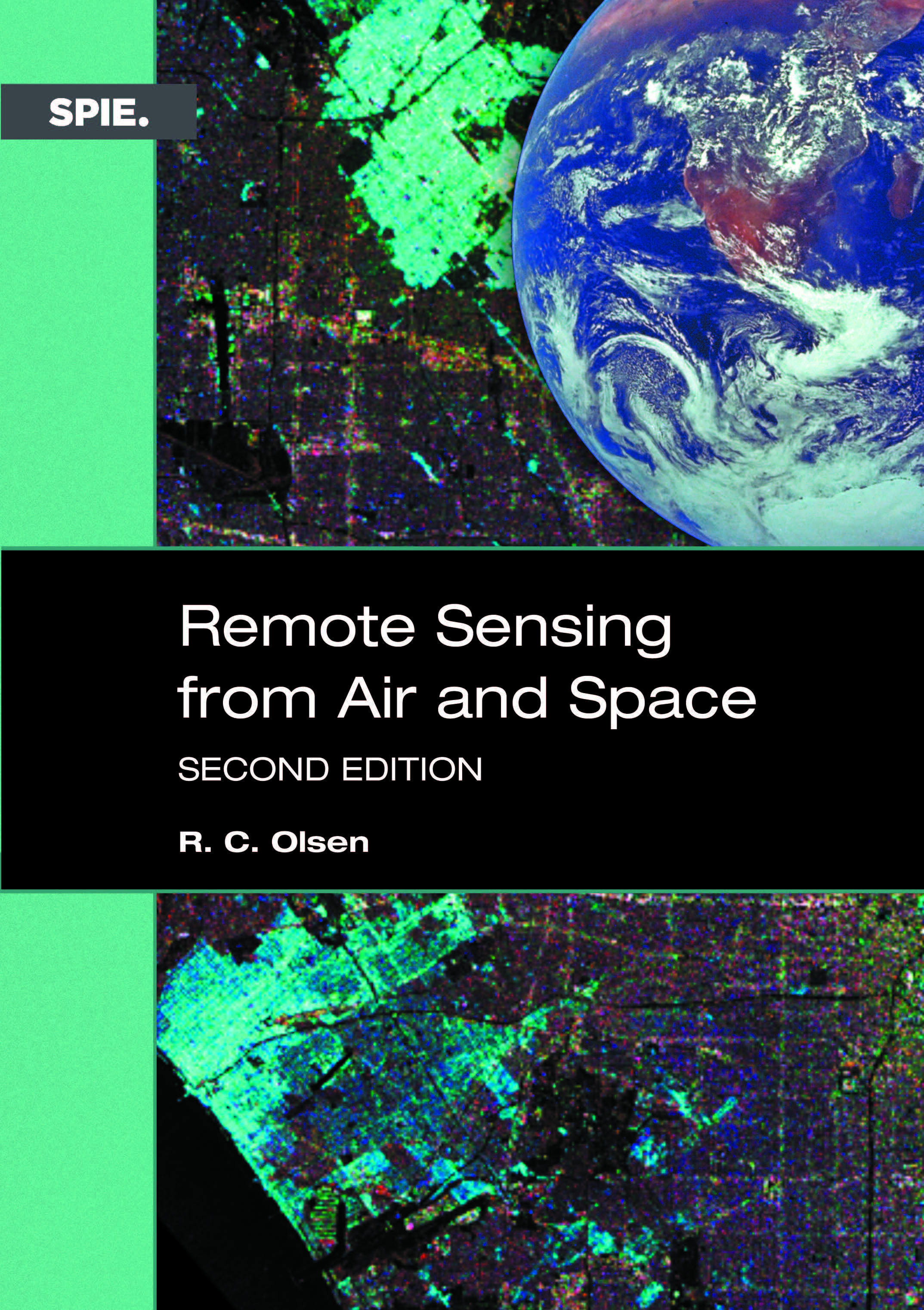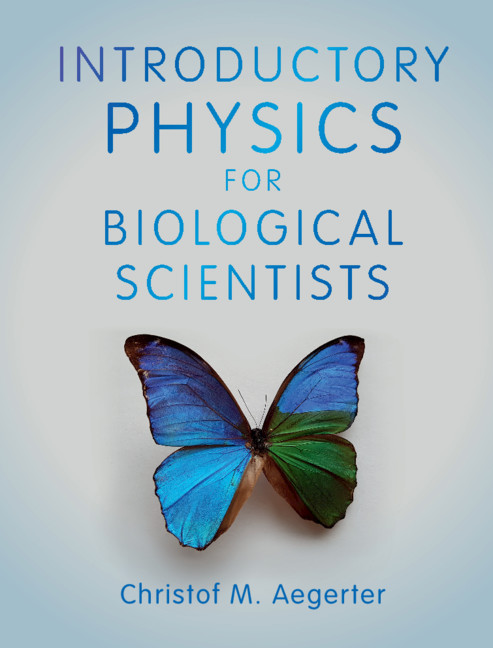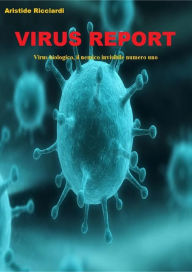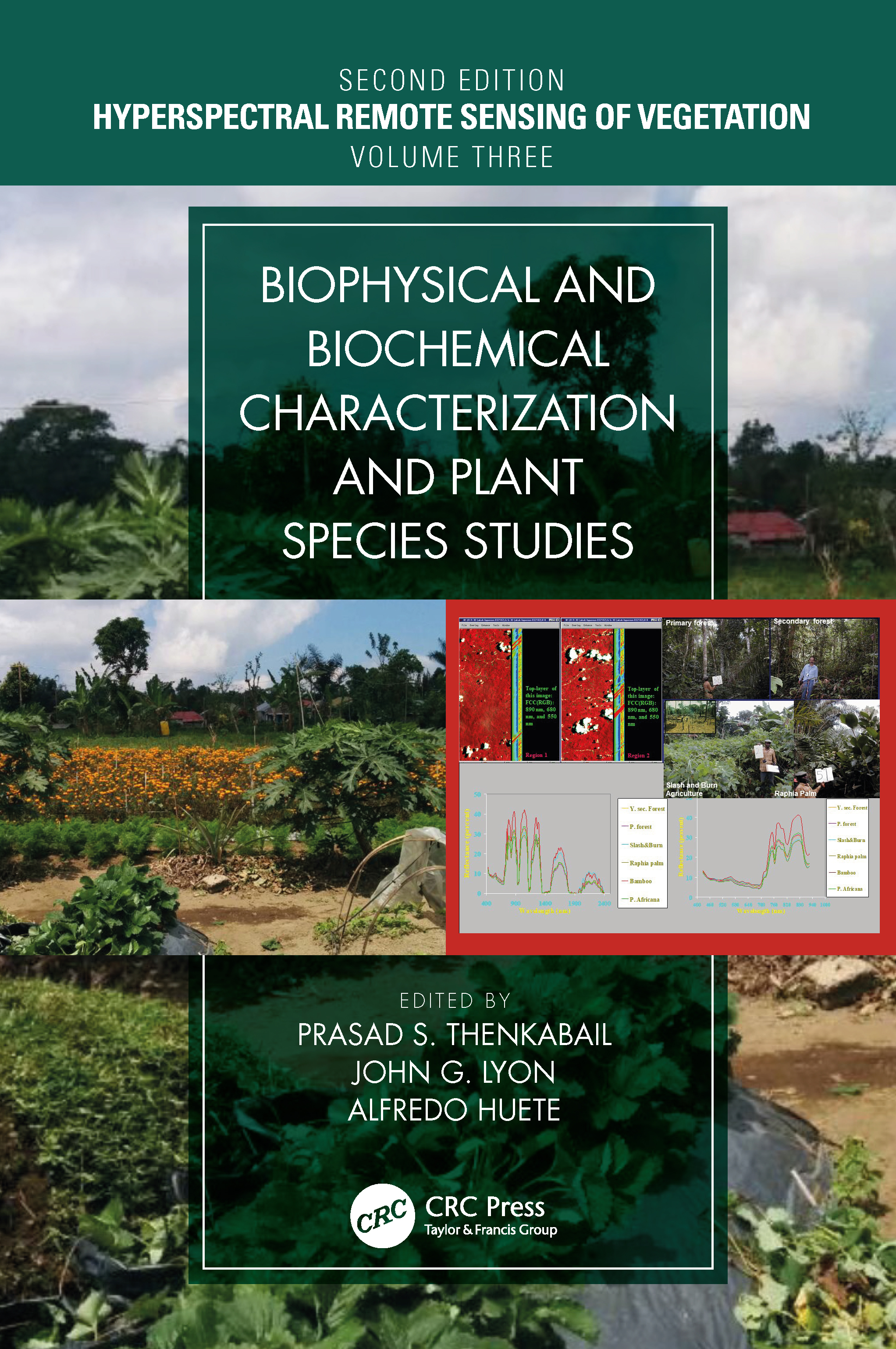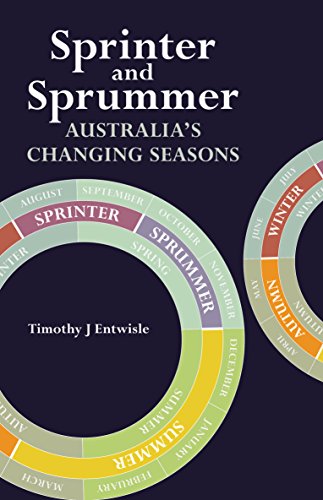Silicon-Based Photonics
by Erich Kasper
2020-09-14 21:38:23
Silicon photonics has evolved rapidly as a research topic with enormous application potential. The high refractive index contrast of silicon-on-insulator (SOI) shows great promise for submicron waveguide structures suited for integration on the chip ...
Read more
Silicon photonics has evolved rapidly as a research topic with enormous application potential. The high refractive index contrast of silicon-on-insulator (SOI) shows great promise for submicron waveguide structures suited for integration on the chip scale in the near-infrared region. Ge- and GeSn-Si heterostructures with different elastic strain levels already provide expansion of the spectral range, high-speed operation, efficient modulation and switching of optical signals, and enhanced light emission and lasing. This book focuses on the integration of heterostructure devices with silicon photonics. The authors have attempted to merge a concise treatment of classical silicon photonics with a description of principles, prospects, challenges, and technical solution paths of adding silicon-based heterostructures. The book discusses the basics of heterostructure-based silicon photonics, system layouts, and key device components, keeping in mind the application background. Special focus is placed on SOI-based waveguide configurations and Ge- and GeSn-Si heterostructure devices for light detection, modulation, and light emission and lasing. The book also provides an overview of the technological and materials science challenges connected with integration on silicon. The first half of the book is mainly for readers who are interested in the topic because of its increasing importance in different fields, while the latter half covers different device structures for light emission, detection, modulation, extension of the wavelength beyond 1.6 μm, and lasing, as well as future challenges.
Less







